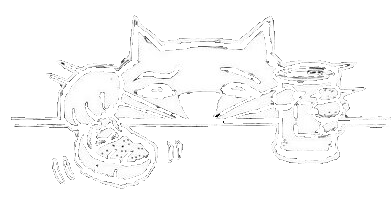Betcha / Savannah Conley
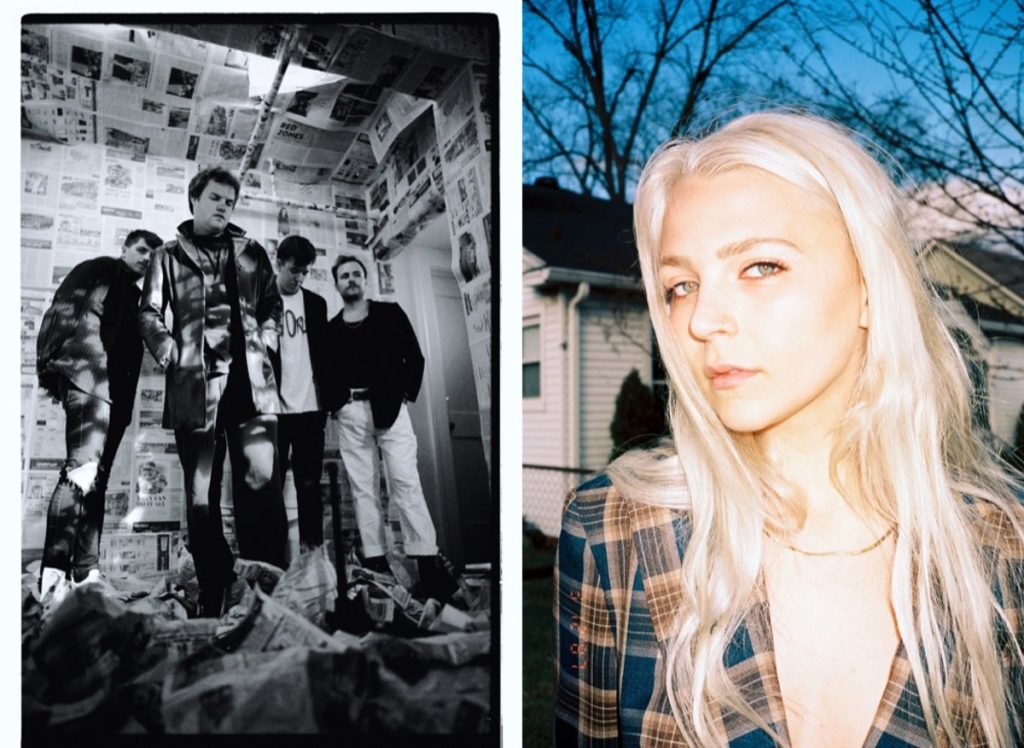
Nashville-based alternative rock band Betcha made up of four college best friends, Ben Booth (lead guitar), Taylor Dubray (bass, keys), Chase Wofford (drums) and Charlie Greene (vocals, guitar). What started as casual late night jams, has turned into tours all over the country with acts like The Band CAMINO, KALEO & Matt Maeson. After spending most of 2021 hunkered down in their basement studio, the band is preparing to follow up their first independent releases “GREY SKIES” “5AM” & “ON TRACK” with multiple nation- wide co-headline tours alongside Arlie and Savannah Conley with a year full of new music in 2022.Links: Website | Instagram | Twitter | Facebook | Spotify | YouTubeRaised in Nashville by a background singer mother and session guitarist father, Savannah Conley’s musical education was deeply ingrained from a young age. She started performing at the age of seven and by nineteen she was taking home the John Lennon Songwriting award. Her debut EP, Twenty Twenty, was produced by Grammy Award-winning producer Dave Cobb (Brandi Carlile, Jason Isbell, John Prine) and released in 2018 to critical acclaim from Rolling Stone, NPR, Ones To Watch, and Refinery29. Rolling Stone praised the EP as an “emotionally rich collection of tracks full of moody instrumentation and whip-smart lines” and named Conley as one of their ‘Artists You Need To Know.’If you’ve ever wondered what the sonic lovechild of Oasis and Dolly Parton would sound like, look no further than Savannah Conley. Combining nostalgic musicality, unavoidable Southern charm, and a healthy dose of cross-genre inspiration, Conley has carved out a sound that feels both fresh and timeless. Her ability to transcend genre boundaries has led to an impressive resume of gigs supporting Ben Folds, Brandi Carlile, The Head and the Heart, Willie Nelson, and Ruston Kelly, just to name a few. As NKD Magazine once aptly put it, Conley’s music “sounds how a worn-in vintage jacket feels.”Links: Website | Instagram | Twitter | Facebook | Spotify | YouTube
Mclusky

Links: Spotify
Django Haskins
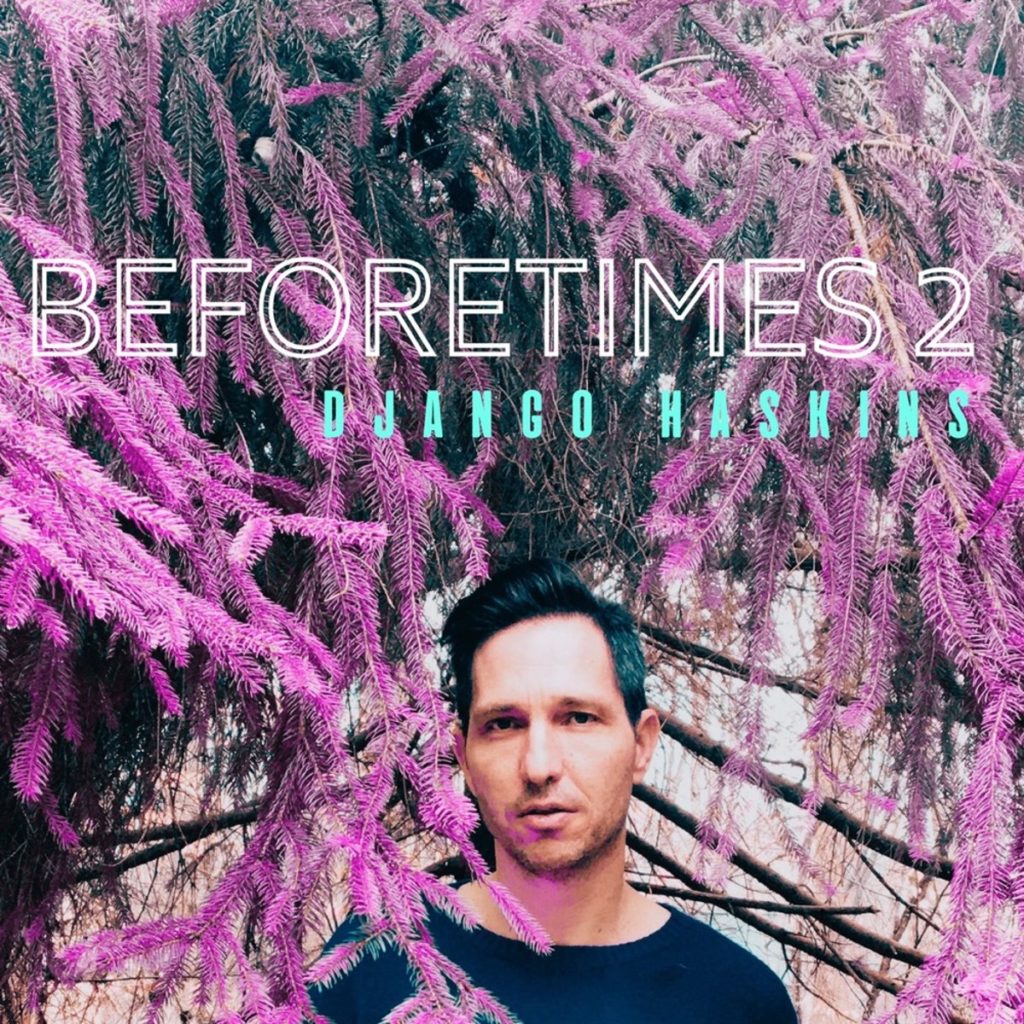
Django Haskins BEFORETIMES 1 & 2 double EP release show.With special guest Chris Stamey, accompanied by Jeff Crawford and Peter Holsapple, premiering new selections from an upcoming songbook release.Links: Website | Bandcamp | Instagram | Spotify
Lunar Vacation
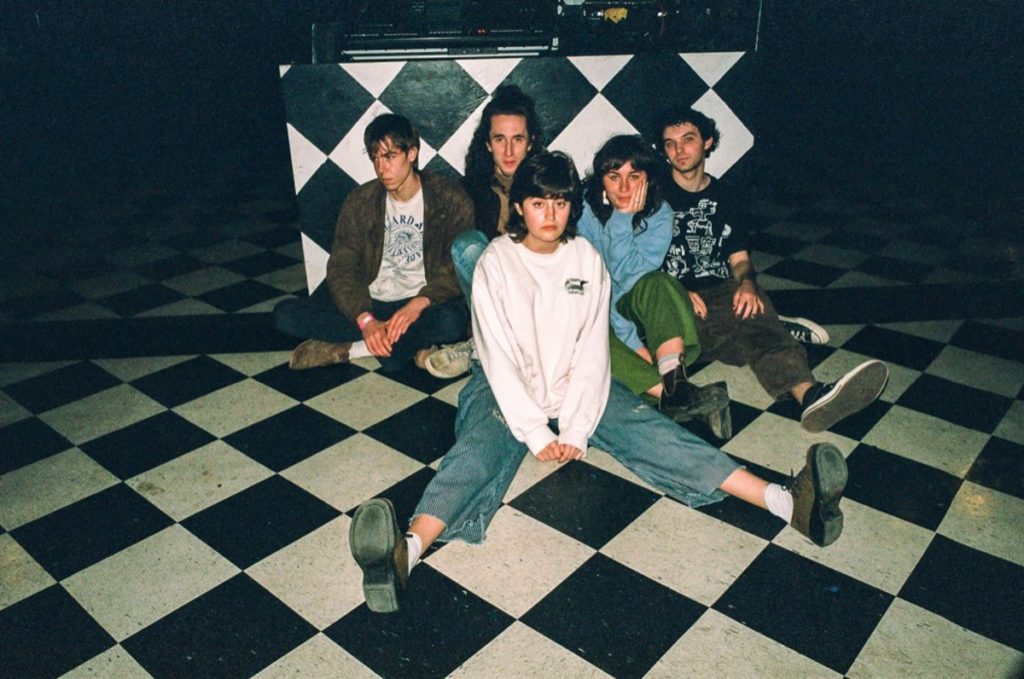
The week that guitarists Grace Repasky and Maggie Geeslin turned old enough to drive, Lunar Vacation was officially formed. Repasky and Geeslin met in the eighth grade and began exchanging musical efforts almost immediately, but that blessed autonomy of first cars meant they could conquer Atlanta’s sprawling suburbs and play to their adolescent hearts’ desire. The pair forged a cluster of demos — just enough to fill a set — and took to as many stages as Atlanta could offer them. Local momentum building, they added classmates Matteo DeLurgio on synth and Connor Dowd on drums to sonically match their songs’ increasingly rambunctious spirit. Upon high school’s end, Lunar Vacation released a pair of well-received EPs, Swell and Artificial Flavors, and landed support runs for the likes of Remo Drive, Sidney Gish, and SALES. The band nabbed infatuated fans across the US while racking up millions of streams on their independently released music. In more than one sense, Lunar Vacation had graduated. Back in Atlanta, Geeslin was working in a record store (Criminal Records) when Daniel Gleason of the band Grouplove came in. Following a quick connection and hours of conversation, the members of Lunar Vacation felt Gleason could be one to color in the sound they’d been honing live — melodious guitars swirling atop propulsive, often psychedelic rhythm — and capture it in the studio. The band recorded “Unlucky” with Gleason and released it in early 2020, the song drawing attention as “swoon-worthy” from The FADER, “shimmering … wistful, sun-kissed indie-pop” from American Songwriter, and “equal parts Mac DeMarco and Snail Mail” from Paste Magazine. Lunar Vacation continued recording with Gleason in the producer’s chair. While putting the finishing touches on their highly anticipated debut album, the band are thrilled to share new song “Shrug” via Keeled Scales, their first offering on the critically acclaimed indie label. The song follows Repasky through an anxious conversation with herself. The melody is buoyant though agitated, its guitars warbling like questions marks and lyrics ringing distinctly relatable. Lines like This isn’t how I want to be / I didn’t know I could care that much and Invited but I’ll never show / Sit at home playing too much Wilco cut into a listener’s mind and vibrate there, like thoughts of one’s own. There’s a carefree sense of triumph in Repasky’s refrain: Why don’t you just shrug it off? In “Shrug” as well as the songs to come, Lunar Vacation boast a celebratory sound, a reckless sense of ecstasy specific to fluid youth and rock solid friendship. In spite of life’s bits that inspire these songs — some darker than others — Repasky, Geeslin, DeLurgio, and Dowd reliably find the light in the thing. Drawing from early influences like Rilo Kiley and Tame Impala, and landing a little closer to contemporary favorites like Alvvays and Slow Pulp, Lunar Vacation make bright music replete with bliss. Repasky suggested the band name Lunar Vacation to Geeslin at a show, leaning over at a loud moment to say it. It’s easy to imagine others finding out about the band in this same way. Links: Website | Instagram | Twitter | TikTok | Spotify | YouTube
Into It. Over It.
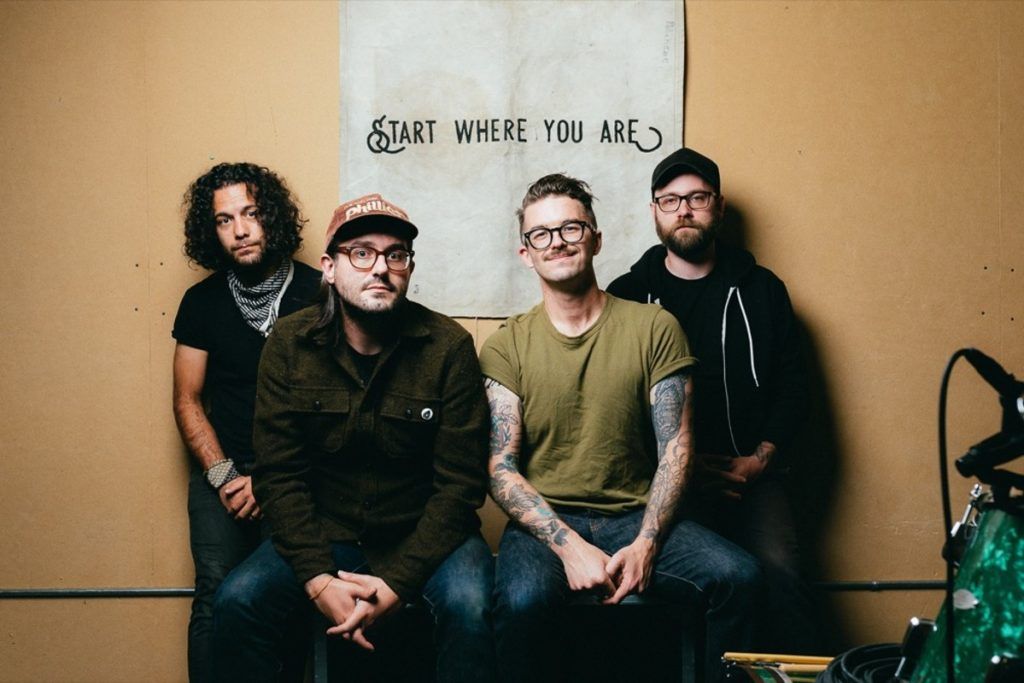
Into It. Over It. is Evan Thomas Weiss, Adam Beck, Joe George Shadid and Matthew Frank.Links: Website | Bandcamp | Twitter
mewithoutYou
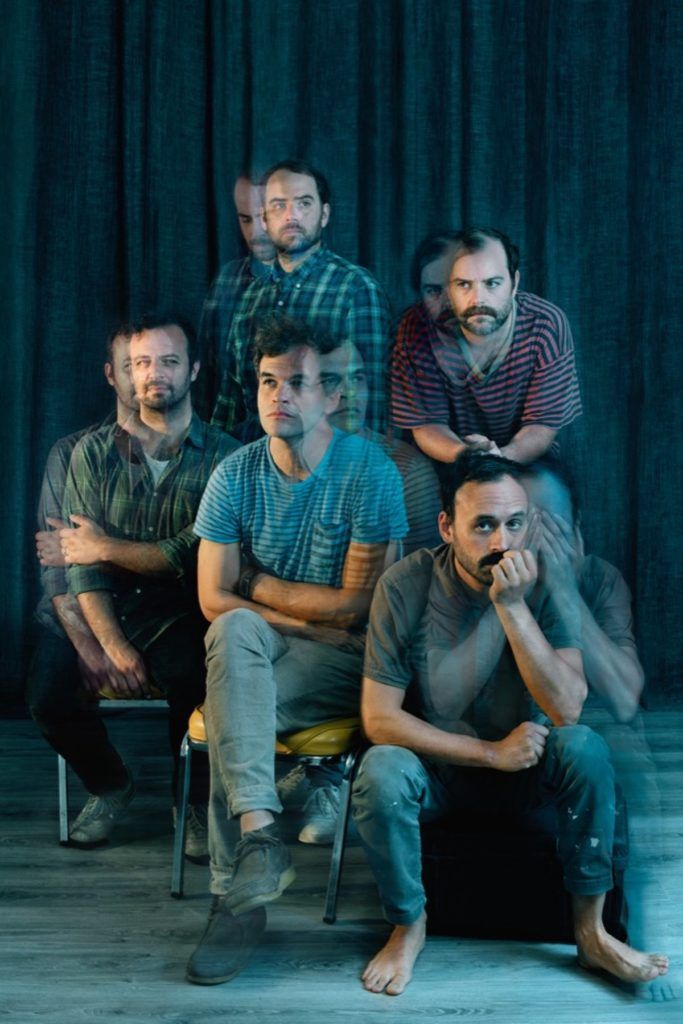
It is no mistake that mewithoutYou have become one of today’s most fascinating experimental rock acts. The last 15 years have borne witness to the Philadelphia five-piece exercising stylistic evolutions and aerial dynamics with humbling dexterity and untamed ambition. At their roots may be a theatrical progressive punk/post-hardcore band, but they’ve never been content to remain comfortably within a familiar genre. Their continuous multi-directional movements have left them increasingly difficult to classify, the growth of their branches impossible to predict. The group’s sixth full-length album, Pale Horses, is the best evidence to date of their eclectic agility.The one constant in mewithoutYou’s storied career has been lead singer Aaron Weiss’ ability to sketch ornate, thought-provoking narratives. Seamlessly weaving his signature holler amidst whispered storytelling and stream-of-consciousness outpourings, his latest offerings vacillate between the emotionally wracked, vibrantly symbolic, and ambiguously metaphysical. His meandering, technicolor vision of a world apocalyptic—populated with werewolves and vulturemen, shape-shifters and apparitions, android whales and an Idaho bride—combines the fantastic opulence of the group’s recent albums with the vulnerable personal confessions of their earliest work.Longtime band-mates Mike Weiss, Rickie Mazzotta and Greg Jehanian continue to craft dramatic, nightmare soundscapes which lavishly complement their singer’s ecstatic hallucinations. The addition of Brandon Beaver (of Buried Beds, the Silver Ages) allows the group as a 5-piece to revisit its earlier intricate, layered fretwork, while adding new depths of vocal harmonies and ever-peculiar arrangements. Musically, the group hearkens boldly to the raw intensity of 2004’s Catch for Us the Foxes, while building on the rich imagery of 2006’s Brother, Sister. Epic in scope, Pale Horses is mewithoutYou at their best, breathing fresh life into the end times, gloriously terrifying and hauntingly iconic.Their latest album also marks a new beginning for the band, as it’s their first to be released on Run for Cover Records. Teaming with the rising Boston independent label was the outgrowth of their partnership with Will Yip, whose masterful production transforms the band’s transcendental musings into a widescreen experience. Drums and bass lines quake with the faults of the earth, as an army of guitars and multi-instrumental nuances ring in the paranoia, mass hysteria and peaceful exaltation. The result is a stunning collage—fitfully disturbing, steadily bizarre, uniquely celebratory—undoubtedly the grandest musical adventure yet conceived within mewithoutYou’s expanding tapestry.Links: Website | Instagram | Twitter | Facebook
The Warlocks
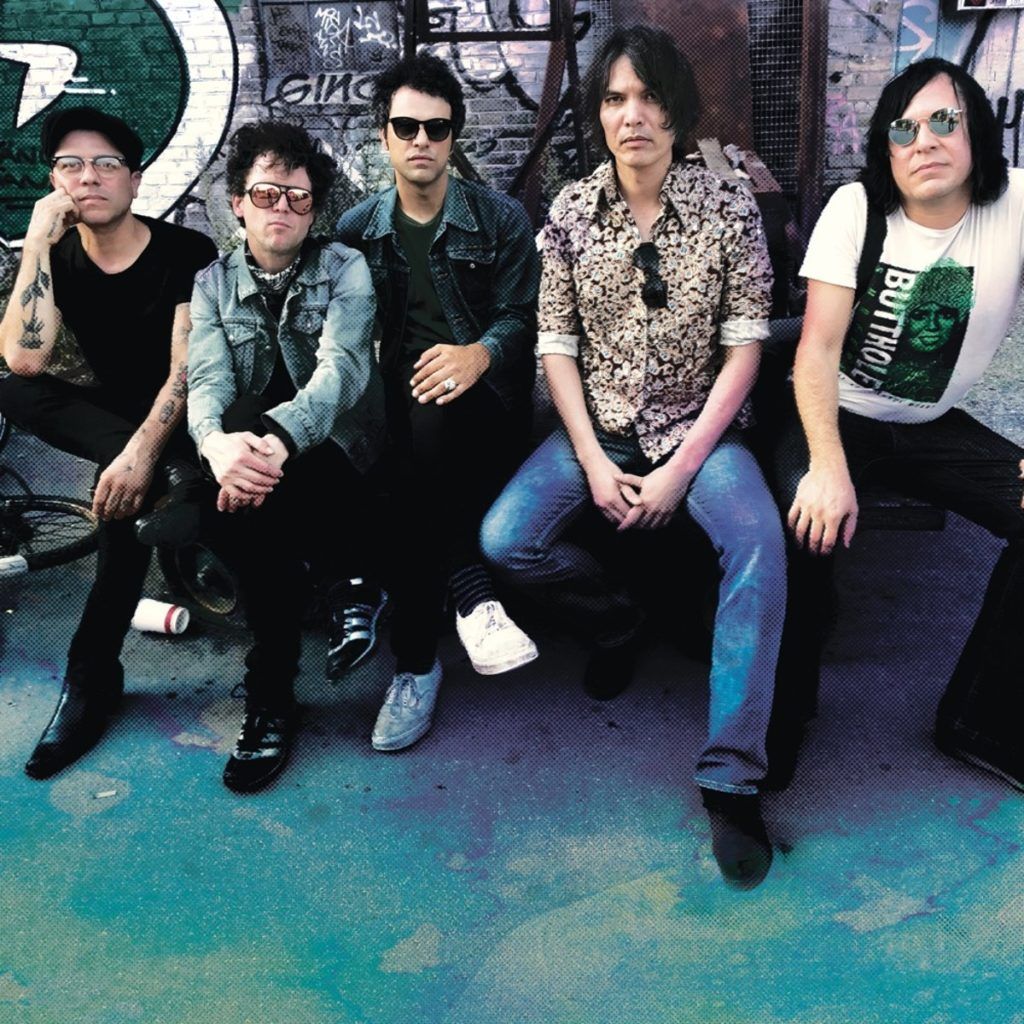
“Creamy, dreamy, glass breaking-style storytelling” is how Bobby Hecksher describes the psychedelic-rock sound of The Warlocks’ tenth full-length studio album, The Chain, which is to be released April 3, 2020, on Cleopatra Records. “We’re telling a story this time,” Hecksher says about the album’s ripped-from-the-headlines concept, which he says had been percolating for a few years before it suddenly came to him with the delirious intensity of a fever-soaked dream, like that “out-of-body experience you get at a show when you’re drenched in sweat and suddenly feel so alive.” That concept, Hecksher says, is based around “a Bonnie & Clyde-ish twenty-something couple who rob a bank but get caught and then are cast down the bottomless pit of our justice system. The main characters, Rocky and Diamond, come from different means and thus have very different outcomes. It’s a loose collection of ‘you got fucked and swept under the rug’-type feelings revealed amid happy songs about their relationship, provided as a kind of relief.” “I’ve been reading lots of articles about our justice system” Hecksher says. “I’ve also been watching a lot of real-life/fictionalized prison TV series. All these young adults are caught committing very low-level crimes, but they end up getting these huge bits of their lives taken away from them. The ones who have money usually fair better.” The Chain was recorded by The Warlocks — Hecksher (vocals, guitar, keyboards, bass), John Christian Rees (guitar, feedback), Earl V. Miller (guitar, drone machine), Christopher DiPino (bass), Cesar A. Reyes (keyboards), and Jason “Plucky” Anchondo (drums) — over the course of a few weeks and co-produced by Hecksher and Rob Campanella at Rob’s Figment Studios in Lake Hollywood, CA. After Hecksher explained The Chain’s back story to Cleopatra, they greenlit the shooting of a short film (comprised of two four-minute mini-movies) based around two new songs — “Dear Son” and “I’m Not Good Enough/Party Like We Used To” — which tell the story of the ill-fated tragic couple. These are accompanied by several other tracks from the album: “The Robbery,” Mr. Boogeyman,” “Double Life,” “You Stooge You,” “Consequences,” and “You Hurt Me.” “I read a bunch of screenplay books,” Hecksher says, “and then tossed a script together, punk-rock style.” Bobby and his band mates and friends then filmed their mini-movies for The Chain over the course of two days this past February near Hecksher’s home in Eagle Rock. In June, The Warlocks — who are joined by Bob Mustachio on a second set of drums — will launch a full-scale four-week tour of the U.S., hitting all the major markets (“we’re looking forward to the East Coast shows,” Hecksher says, “I think it’s been about ten years since we’ve played there”), followed by European dates in the fall. “We’ve been focusing on Europe for the last five-to-seven years, and have hit all the major festivals over there many times over.”Bobby Heckser actually grew up near the beach on Florida’s west coast before his family moved to an avocado farm near Ft. Myers. His first real exposure to music came from listening to records being played on the air at his grandfather’s progressive/AOR rock radio stations, WMYR-AM/WHEW-FM, where his mom worked as a secretary.Links: Website | Bandcamp | Instagram | Facebook
Andy Hull
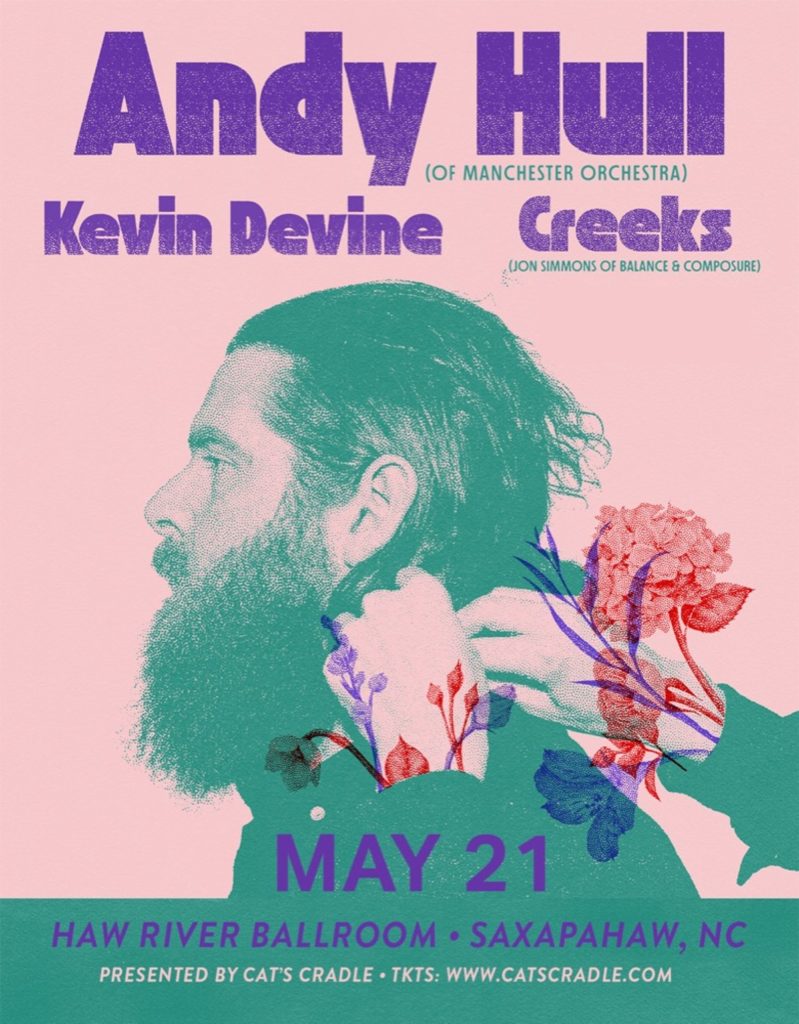
Links: Facebook | Twitter | Instagram | Spotify
Florence Dore Record Release Party
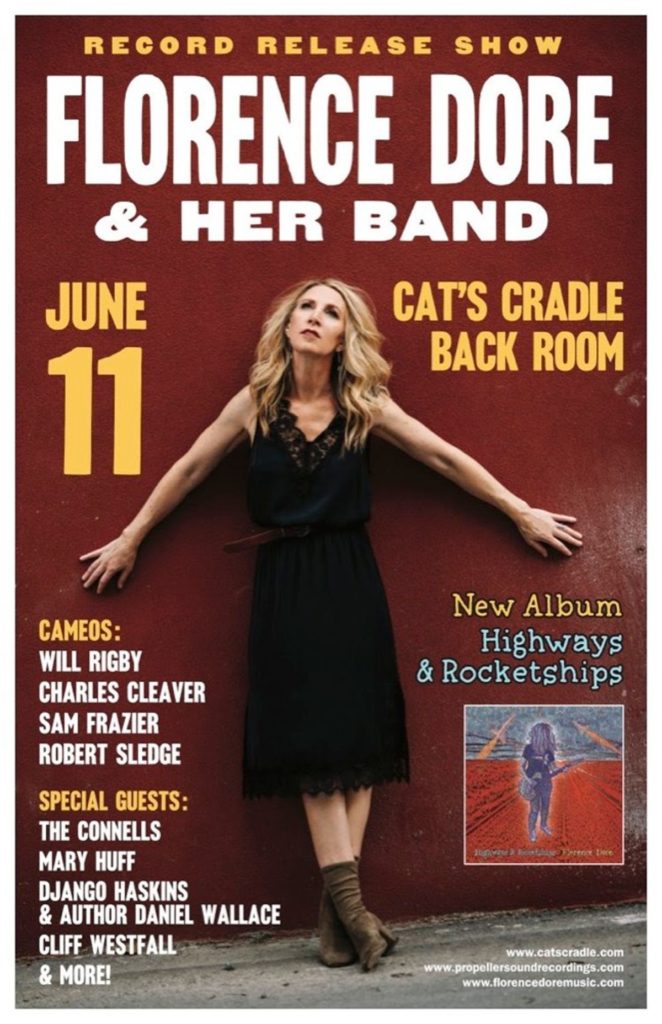
Special Guests Include:Mary Huff, Django Haskins, the author Daniel Wallace, The Connells, Cliff WestfallCameos by:Will Rigby, Sam Frazier, Robert Sledge, Charles CleaverNashville-born, Chapel Hill-based Florence Dore has just finished recording her second record, Highways and Rocketships with Mitch Easter and Don Dixon. Even not counting the pandemic, the road from her first record Perfect City to Highways and Rocketships has been anything but straight. She spent a lot of time between then and now riding around on Steve Earle’s tour bus, catching up with her Dukes-drumming husband Will Rigby, wrote a book, put on a conference at the Rock and Roll Hall of Fame, took a seat on the board at the Bob Dylan Institute–and had a kid. Way back in 1994 Florence’s song “Christmas” came out on a Geffen release, and over the first pandemic months, when she had to suspend recording plans for Highways and Rocketships, she got together with Steve Balcom and Lane Wurster of the Splinter Group as well as Shawn Nolan to created Cover Charge, the charting compilation of NC artists to benefit Cat’s Cradle. When vaccines arrived, work on Highways and Rocketships resumed with Don Dixon and Mitch Easter at the helm. The record is finally here.Links: Website | Instagram | Twitter | Facebook | Spotify
Be Loud! Sophie High School Showcase 2022

The youth once again get loud at Cat’s Cradle with great bands taking the stage on April 25th.The lineup will be as follows. Carly Tremaine Carly Tremaine and Anne Fraipont Chiefs of Staff Melodie Tun Carrboro Jazz Collective Alley Cats The Flat 5 Scattertones Links: Website | Instagram | Twitter | Facebook | YouTube

